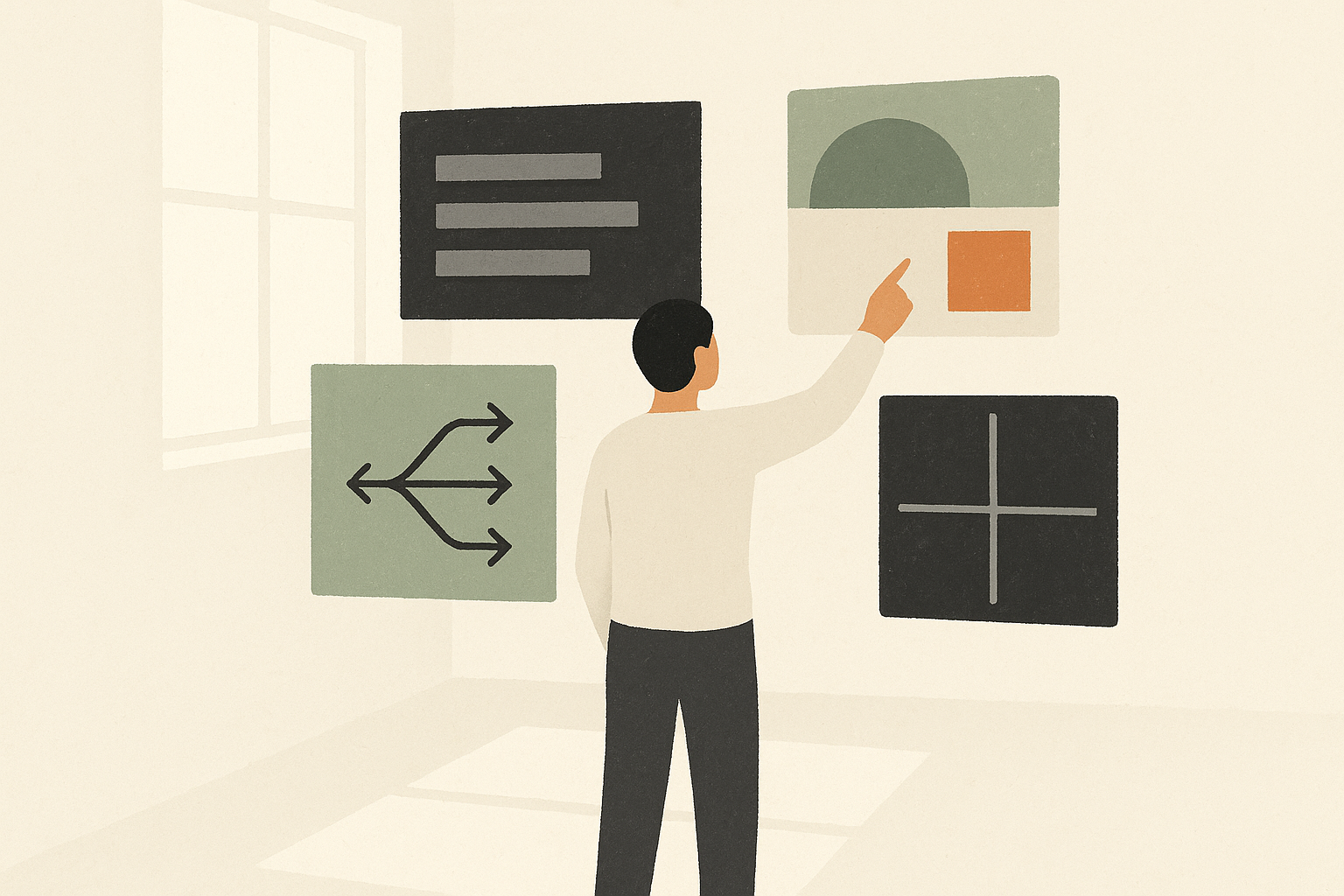Scenario planning is one of the most effective ways to explore different futures and prepare for change. Yet turning data, trends, and insights into clear scenarios can be complex. FIBRES simplifies this process by providing a structured, collaborative space for creating and organizing scenarios based on your foresight findings.
How can FIBRES support building and organizing scenarios?
In FIBRES, scenarios are organized in dedicated Scenario Portfolios. Each scenario becomes its own portfolio, where scenario narratives can be written out and related signals, trends and megatrends linked directly.
This setup allows foresight teams to:
- Trace every scenario back to its underlying data.
- Keep all scenarios organized and comparable.
- Collaborate through shared visibility, commenting, and editing.
All scenarios are saved in a shared workspace, ensuring transparency and a unified understanding across foresight, strategy, and innovation teams.
How to use Foresight Agents for automated scenario creation
FIBRES also enables automated scenario generation through Foresight Agents. Simply give an Agent a research question, and it will identify two critical uncertainties and create four possible scenarios based on them.
This automated feature helps teams:
- Generate structured scenarios quickly.
- Spark discussion in workshops or strategy sessions.
- Move faster from scanning and trend mapping to concrete foresight outputs.
The automated results can serve as starting points for deeper, human-led refinement and sensemaking.
What’s the best way to use FIBRES in a scenario workshop?
During a scenario planning workshop, FIBRES can be used as a live collaboration environment:
- Create a Scenario Portfolio for each scenario you plan to build.
- Write out the scenario narrative, describing the future world, key developments, and defining uncertainties.
- Link the relevant signals, trends, and megatrends that support or influence that scenario.
- Invite participants to comment, contribute, and refine the narratives collaboratively.
- Review and finalize the scenarios together to establish a shared view of future possibilities.
This method captures workshop outcomes directly into a living foresight system – no need for scattered notes or disconnected files.
Why this approach improves scenario quality
Using FIBRES for scenario building enhances consistency, transparency, and engagement. Every scenario stays traceable, data-backed, and accessible to everyone involved.
Instead of static outputs, teams gain a dynamic foresight process that evolves as new insights appear making scenario planning faster, clearer, and more collaborative.
For the next step in your foresight workflow, explore how to automate scenario monitoring with FIBRES for efficient signposting.


